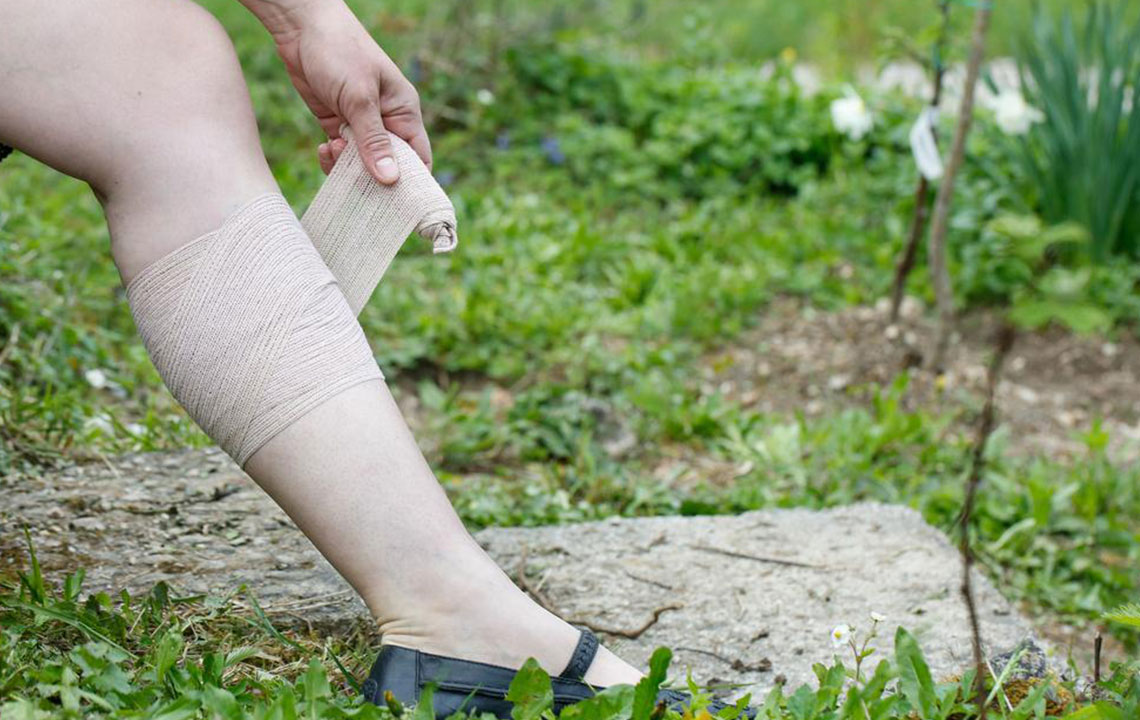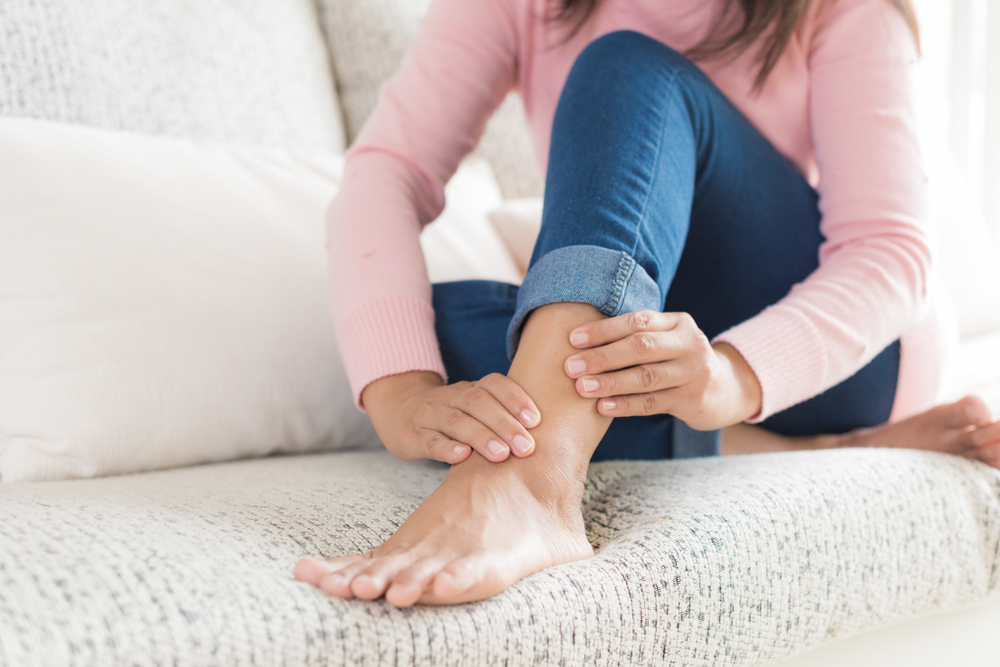Comprehensive Home Care Strategies for Managing Deep Vein Thrombosis (DVT)
This comprehensive guide explores effective home care strategies for managing deep vein thrombosis (DVT). It emphasizes lifestyle modifications, diet, and physical activities, highlighting the importance of elevation, compression therapy, and regular exercise. The article offers practical tips for symptom relief and prevention, helping individuals reduce risks and promote vascular health. By combining these home remedies with medical treatment, patients can better manage DVT and prevent serious complications like pulmonary embolism. Maintaining an active lifestyle and healthy diet remains crucial for long-term prevention and recovery.

Comprehensive Home Care Strategies for Managing Deep Vein Thrombosis (DVT)
Deep vein thrombosis (DVT) is a serious medical condition characterized by the formation of blood clots within the deep veins, commonly in the legs. This condition poses significant health risks because if a clot dislodges, it can travel to the lungs, leading to a potentially life-threatening pulmonary embolism. Several factors increase the likelihood of developing DVT, including prolonged bed rest, hormonal influences such as birth control pills, smoking habits, age-related vascular changes, obesity, vein injuries, and underlying clotting disorders.
Understanding the risk factors and early signs of DVT is crucial for effective prevention and management. While medical treatment with anticoagulants is often necessary, adopting certain home strategies can help alleviate symptoms, promote circulation, and reduce the risk of complications. This article provides a comprehensive guide to managing DVT at home through lifestyle modifications, diet, and physical activity.
Below are detailed home-based methods and lifestyle tips to help manage DVT symptoms and support vascular health:
Leg Elevation and Compression Therapy
One of the cornerstone home care practices for DVT management involves improving blood flow and minimizing swelling. Healthcare professionals often recommend the use of compression stockings, which apply graduated pressure to the legs, aiding venous return and reducing swelling and discomfort. It is essential to use compression stockings as prescribed by your physician to ensure proper fit and effectiveness.
In addition to compression therapy, elevating the legs during rest or sleep can substantially reduce venous pressure. Keep your legs elevated above the level of your heart—using pillows or adjustable beds—to facilitate blood flow back toward the torso. Regularly elevating the legs helps decrease swelling and alleviates pain associated with DVT, especially in the calf and thigh regions.
Maintaining Regular Physical Activity
Engaging in daily moderate exercises plays a vital role in promoting circulation and preventing clot formation. Activities such as brisk walking, swimming, and gentle jogging are highly beneficial for vascular health. Regular physical activity not only enhances overall circulation but also helps manage body weight, a key factor since obesity significantly increases the risk of DVT.
Consult your healthcare provider to develop a safe and effective exercise plan tailored to your specific condition and abilities. Ideally, aim for at least six days of moderate activity each week to support healthy blood flow and reduce venous stasis, which can contribute to clot formation.
Optimizing Diet with Vitamin E-Rich Foods
A balanced diet rich in antioxidants and nutrients can support vascular health and help prevent blood clots. Vitamin E, in particular, exhibits natural anticoagulant properties, which may assist in reducing clot formation and facilitating the breakdown of existing clots. Incorporate foods high in vitamin E into your daily diet, such as walnuts, sunflower seeds, olive oil, spinach, and broccoli.
While dietary sources are preferable, vitamin E supplements should only be taken after consultation with your healthcare provider to avoid potential interactions with blood-thinning medications.
Additional Lifestyle and Preventive Measures
Other important tips include maintaining adequate hydration, avoiding prolonged periods of immobility, and quitting smoking to improve vascular health. Wearing loose clothing around the waist, groin, and legs can also promote better circulation.
Monitoring symptoms such as swelling, pain, redness, and warmth in the affected limb is crucial for early detection of worsening conditions. Regular medical check-ups are recommended for those at high risk or with previous DVT episodes.
Preventing DVT through lifestyle modifications is vital since the condition can often be asymptomatic or overlooked initially. Early intervention and consistent home management can significantly diminish the chances of severe complications, including pulmonary embolism.
In conclusion, integrating these home strategies with medical treatment can effectively manage DVT symptoms and lower the risk of serious outcomes. Prioritizing a healthy lifestyle, regular exercise, dietary adjustments, and vigilant symptom monitoring forms the foundation of effective home care for deep vein thrombosis.





